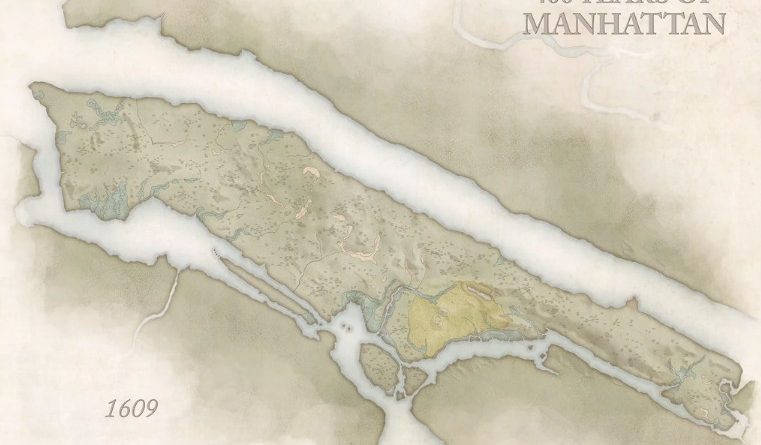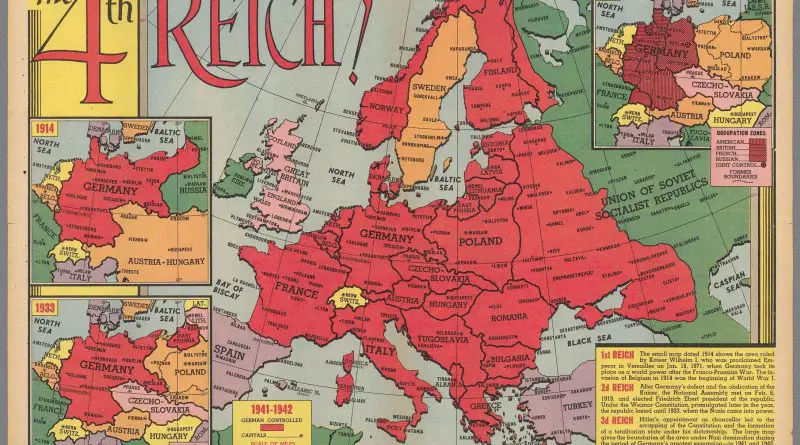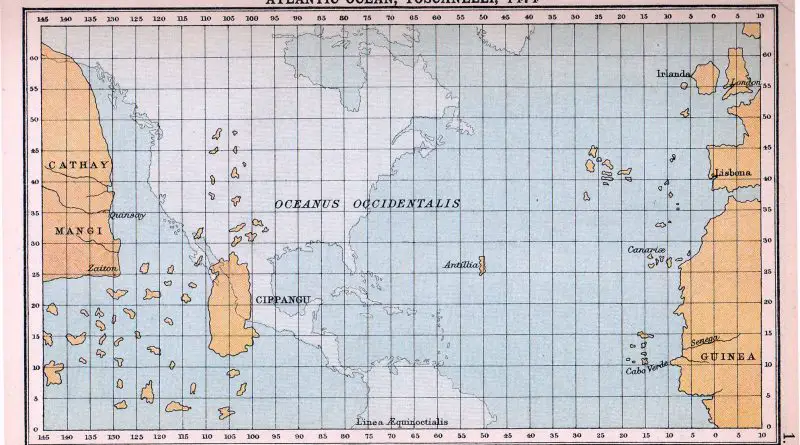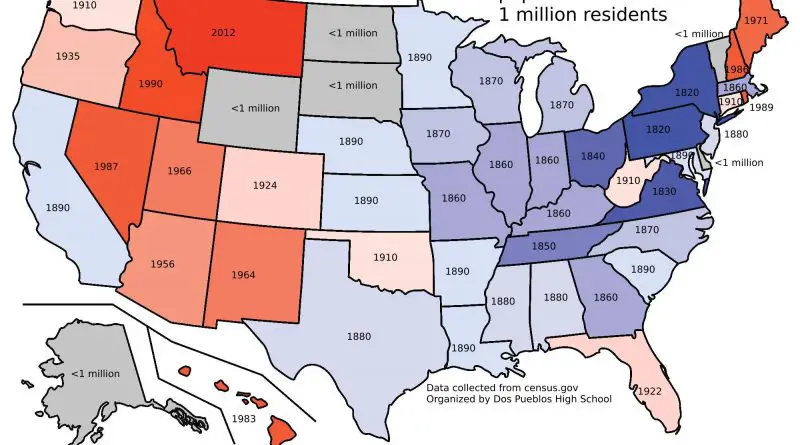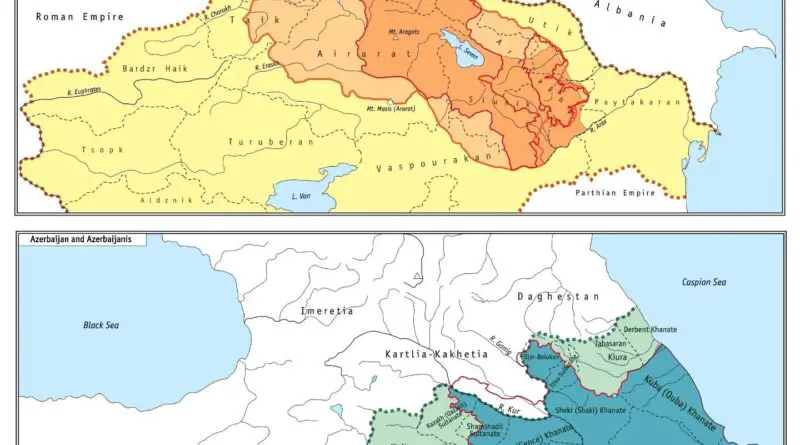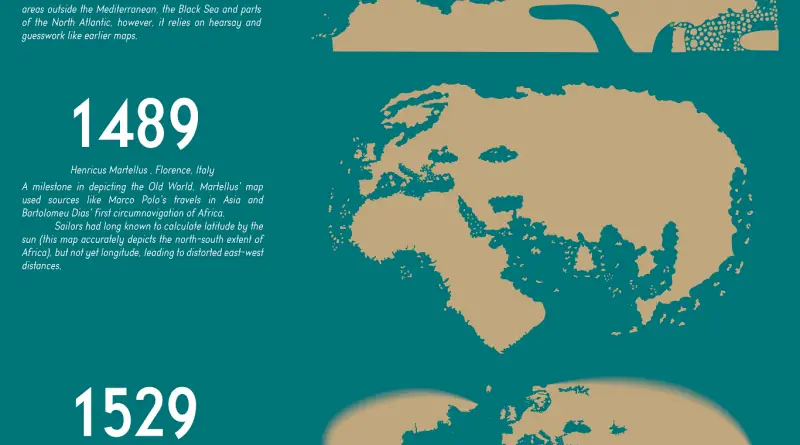The evolution of GDP per capita in Europe from 1890 to 2017 showcases a profound transformation in the continent’s economic landscape. In 1890, Europe was marked by significant economic diversity, with Western European nations leading in industrialization and higher GDP per capita, while Eastern and Southern European countries lagged behind. By 2017, Europe had undergone dramatic changes, with Western European countries maintaining their economic lead, but with Eastern and Southern European nations making significant strides in economic development. This transformation highlights Europe’s resilience and adaptability, as well as its commitment to economic progress and cooperation.
Read More

